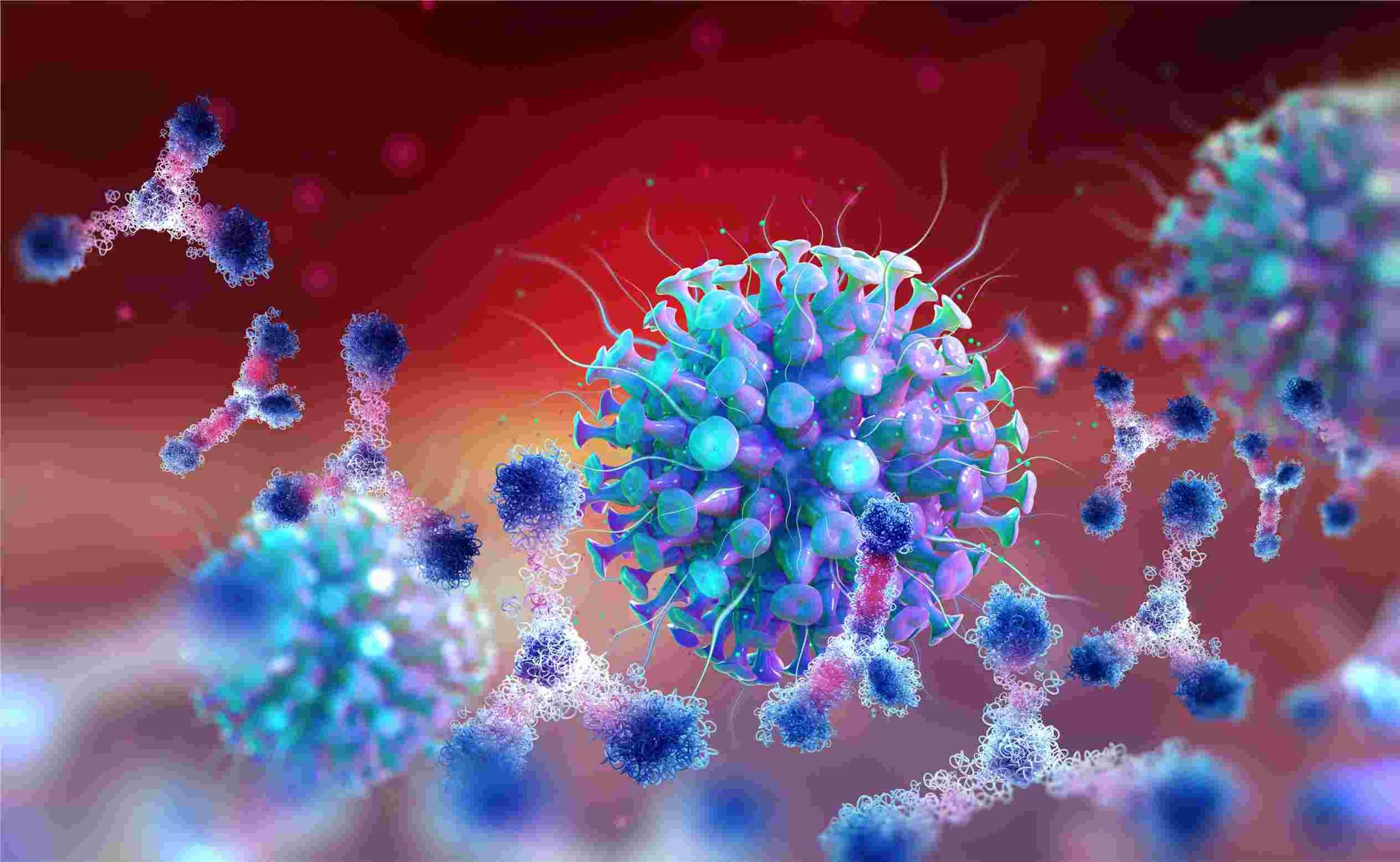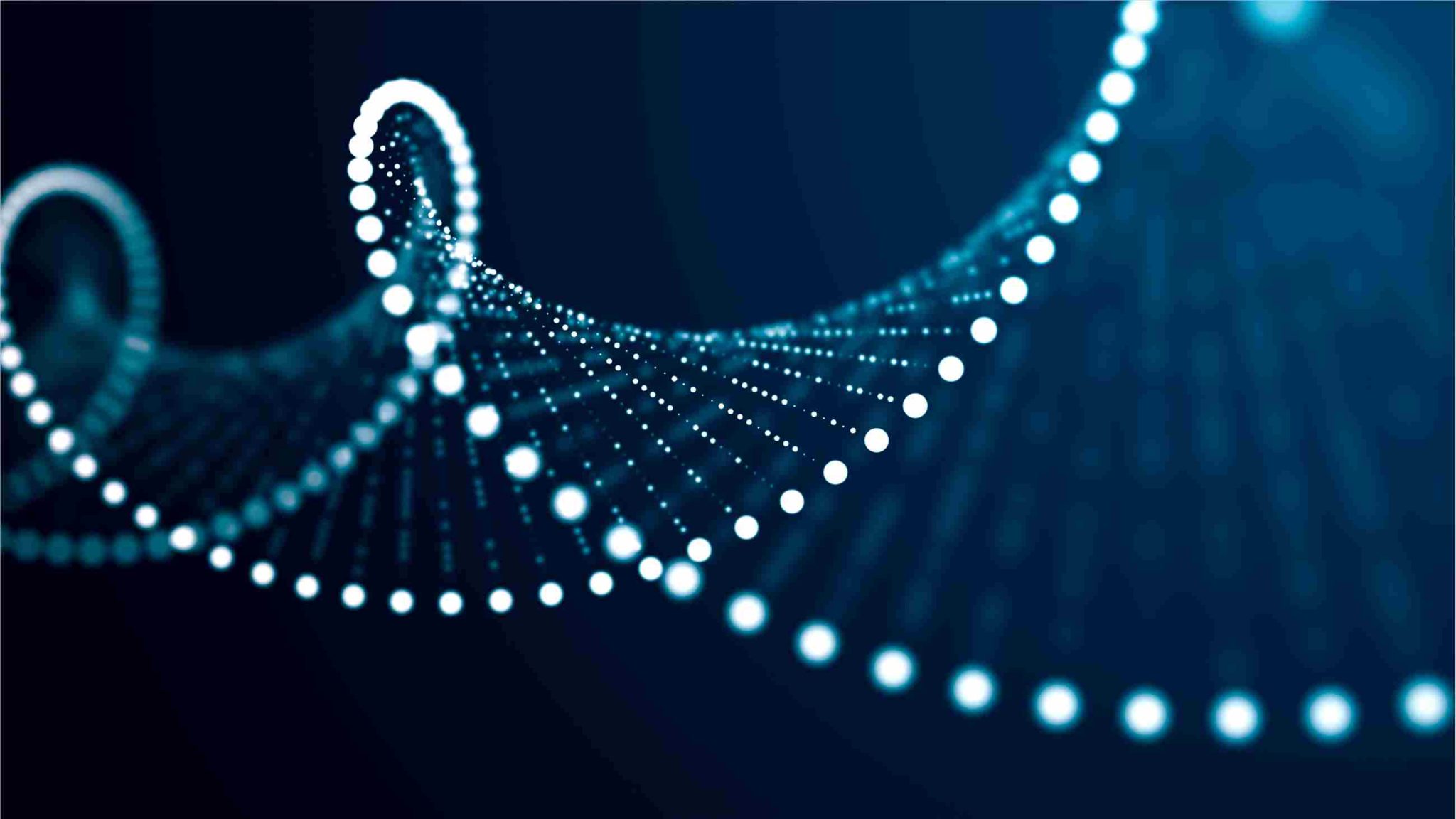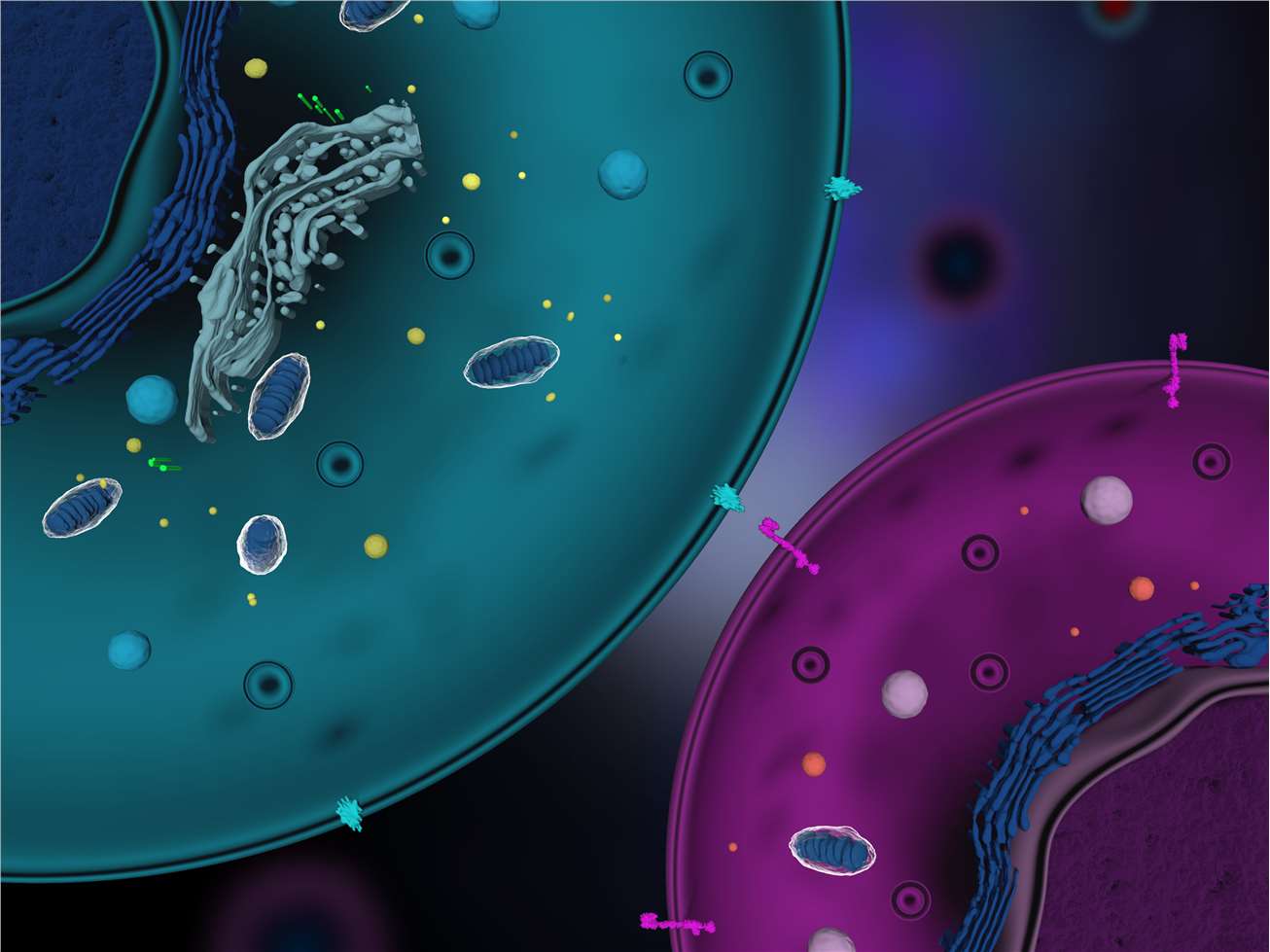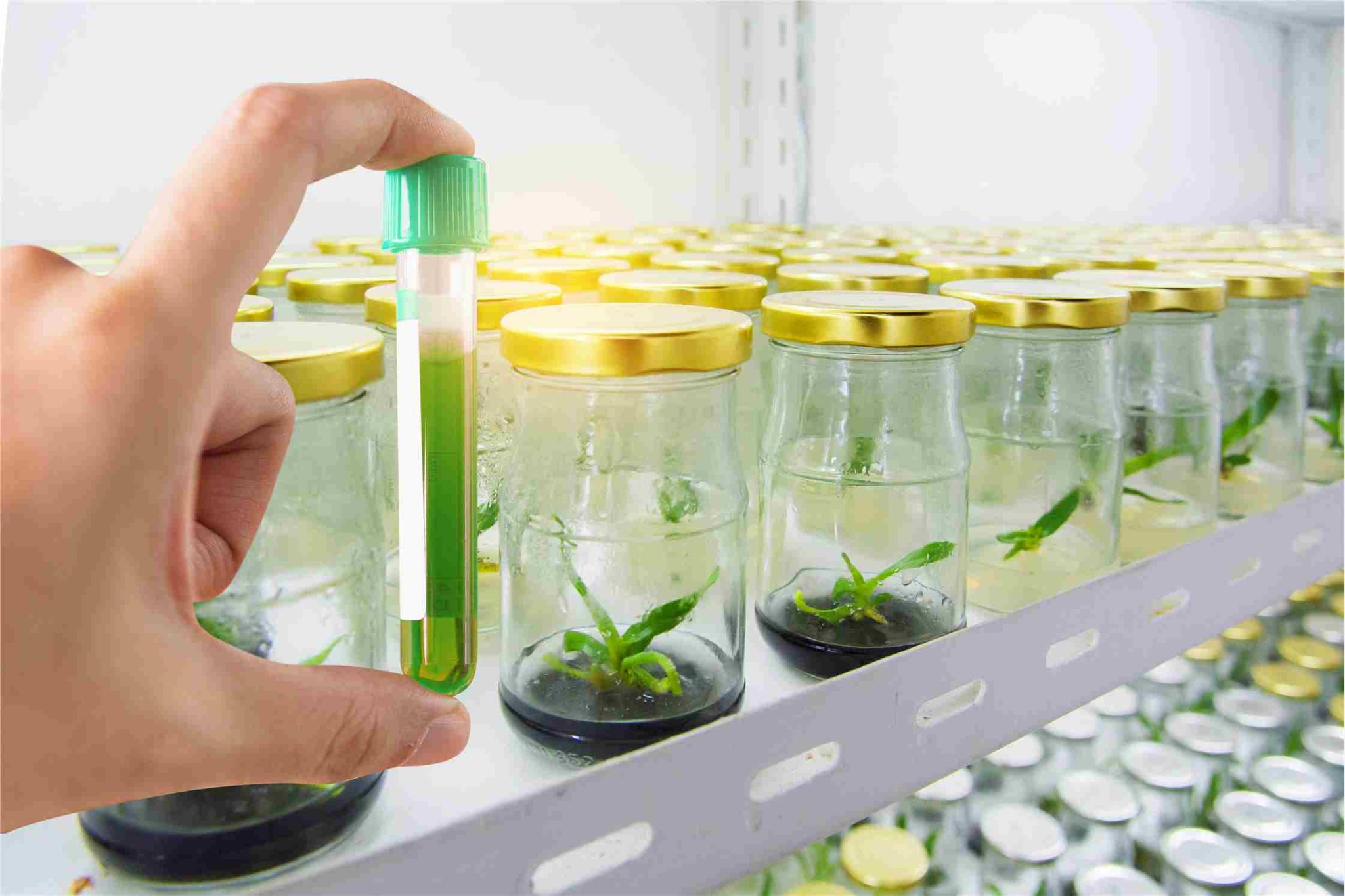Polyphenolic and Flavonoids Contents and Antibacterial Activity of Hydro-Ethanolic and Aqueous Extract of Fresh Leaves of Gardenia Aqualla Staph and Hutch (Rubiaceae)
(0 User reviews)
344
99
Higher Institute of Health Sciences, Université des Montagnes, Bangangté, Cameroon; Department of Analytical, Mineral and General Chemistry, Food Technology, Training and Research Unit, Pharmaceutical and Biological Sciences, Félix Houphouet-Boigny University, Abidjan, C?te d’Ivoire
International Journal of Pharmacy and Chemistry (Science Publishing Group)
2023
8 : 6
75-81
10.11648/j.ijpc.20220806.12
English
Claude Berenger Ngantchouko Ngalemo, Gisele Laurel Tchiengang Tchoua, Francois Nicaise Bony, Blondin Gatien Tsawo, Patrick Yamen Mbopi, Stephane Kevin Ndengue Langoul, Jean Michel Tekam, Pierre Rene Fotsing Kwetche. Polyphenolic and Flavonoids Contents and Antibacterial Activity of Hydro-Ethanolic and Aqueous Extract of Fresh Leaves of Gardenia Aqualla Staph and Hutch (Rubiaceae), International Journal of Pharmacy and Chemistry. Volume 8, Issue 6, November 2022 , pp. 75-81. doi: 10.11648/j.ijpc.20220806.12. Share Research.
Abstract
Erectile dysfunction has become for two decades, a real public health problem. Its prevalence is estimated at 322 million in 2025. Its management is based on the administration of phosphodiesterase inhibitors alone or in combination. Infections have been rarely mentioned although E coli, Staphylococcus aureus, Klebsiella pneumoniae or Serratia marcescens are recognized as factors of erectile dysfunction. The purpose of this study was to evaluate the phytochemical profile of the aqueous (AE) and hydroethanolic (HE) extracts of the fresh leaves of Gardenia aqualla and to determine their antibacterial potential on bacteria involved in male accessory gland infections. The aim of this study was to evaluate phytochemical profile of aqueous (AE) and hydroethanolic (HE) extracts of fresh leaves of Gardenia aqualla and to determine their antibacterial potential on bacteria involved in male accessory gland infections. Phytochemical profile highlighted the presence of alkaloids, polyphenols with concentrations of 434.5 ± 14.5 mgEq Tannic acid/g of dried extract greater than 249.5±18.3 mgEq Tannic acid/g of dried extract found in AE including flavonoids whose concentrations is 184.9 ± 6.3 μgEqRutin/g of dry extract in HE against 183.0±9.1 μgEqRutin/g of dried extract in AE. Antibacterial tests showed equivalence of activity on E coli and S aureus strains with MICs of 100 mg/mL and 50mg/mL respectively and only HE showed activity on Klebsiella pneumoniae and Serratia marcescens which had the lowest MIC 6.25 mg/mL.
Fresh Leaves Extract, Gardenia Aqualla, Polyphénols, Flavonoïds, Male Accessory Glands Infection
Erectile dysfunction has become for two decades, a real public health problem. Its prevalence is estimated at 322 million in 2025. Its management is based on the administration of phosphodiesterase inhibitors alone or in combination. Infections have been rarely mentioned although E coli, Staphylococcus aureus, Klebsiella pneumoniae or Serratia marcescens are recognized as factors of erectile dysfunction. The purpose of this study was to evaluate the phytochemical profile of the aqueous (AE) and hydroethanolic (HE) extracts of the fresh leaves of Gardenia aqualla and to determine their antibacterial potential on bacteria involved in male accessory gland infections. The aim of this study was to evaluate phytochemical profile of aqueous (AE) and hydroethanolic (HE) extracts of fresh leaves of Gardenia aqualla and to determine their antibacterial potential on bacteria involved in male accessory gland infections. Phytochemical profile highlighted the presence of alkaloids, polyphenols with concentrations of 434.5 ± 14.5 mgEq Tannic acid/g of dried extract greater than 249.5±18.3 mgEq Tannic acid/g of dried extract found in AE including flavonoids whose concentrations is 184.9 ± 6.3 μgEqRutin/g of dry extract in HE against 183.0±9.1 μgEqRutin/g of dried extract in AE. Antibacterial tests showed equivalence of activity on E coli and S aureus strains with MICs of 100 mg/mL and 50mg/mL respectively and only HE showed activity on Klebsiella pneumoniae and Serratia marcescens which had the lowest MIC 6.25 mg/mL.
There are no reviews for this Publication.
There are no comments for this Publication.
You must log in to post a comment.
Log in






